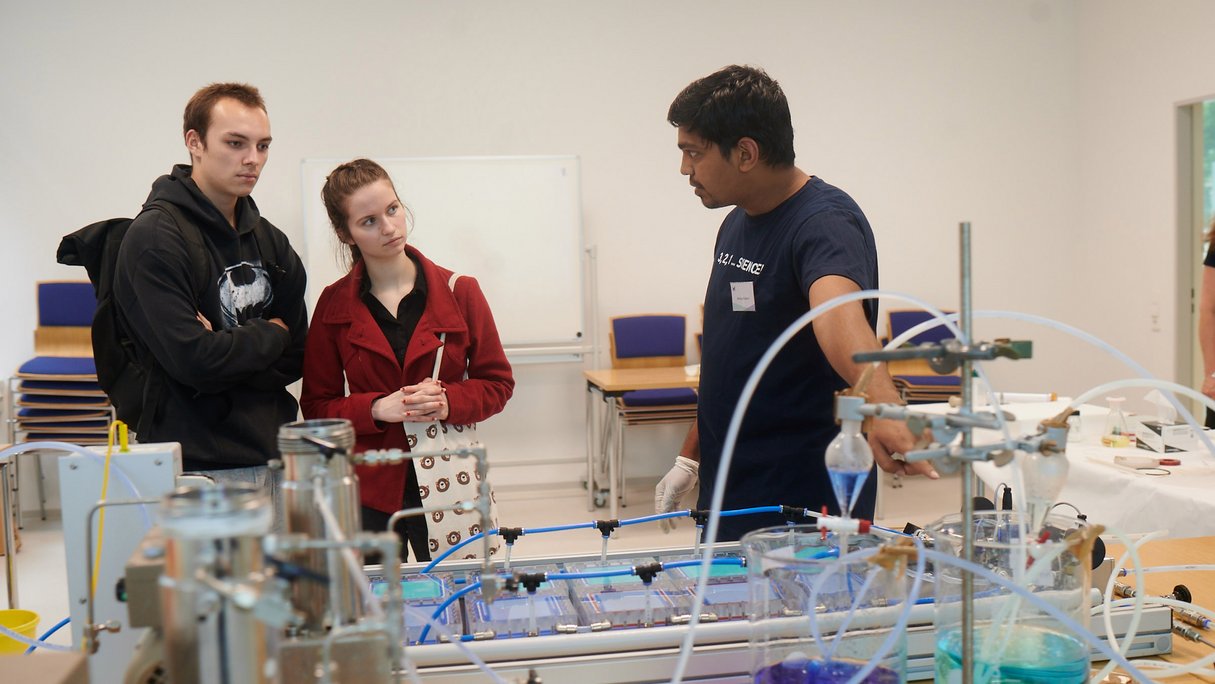Physically
Engineering
Separation made easy: Filtration membranes for water treatment Experience membrane preparation and t
Water is essential for life on earth. With the help of membrane technology, raw water can be treated cost-effectively and energy-efficiently for further use e.g. as drinking water. The process is shown using a simple filtration system. In addition, visitors are given the opportunity to produce and test membranes themselves.
Start
17:00
o'clock
End
23:30
o'clock
